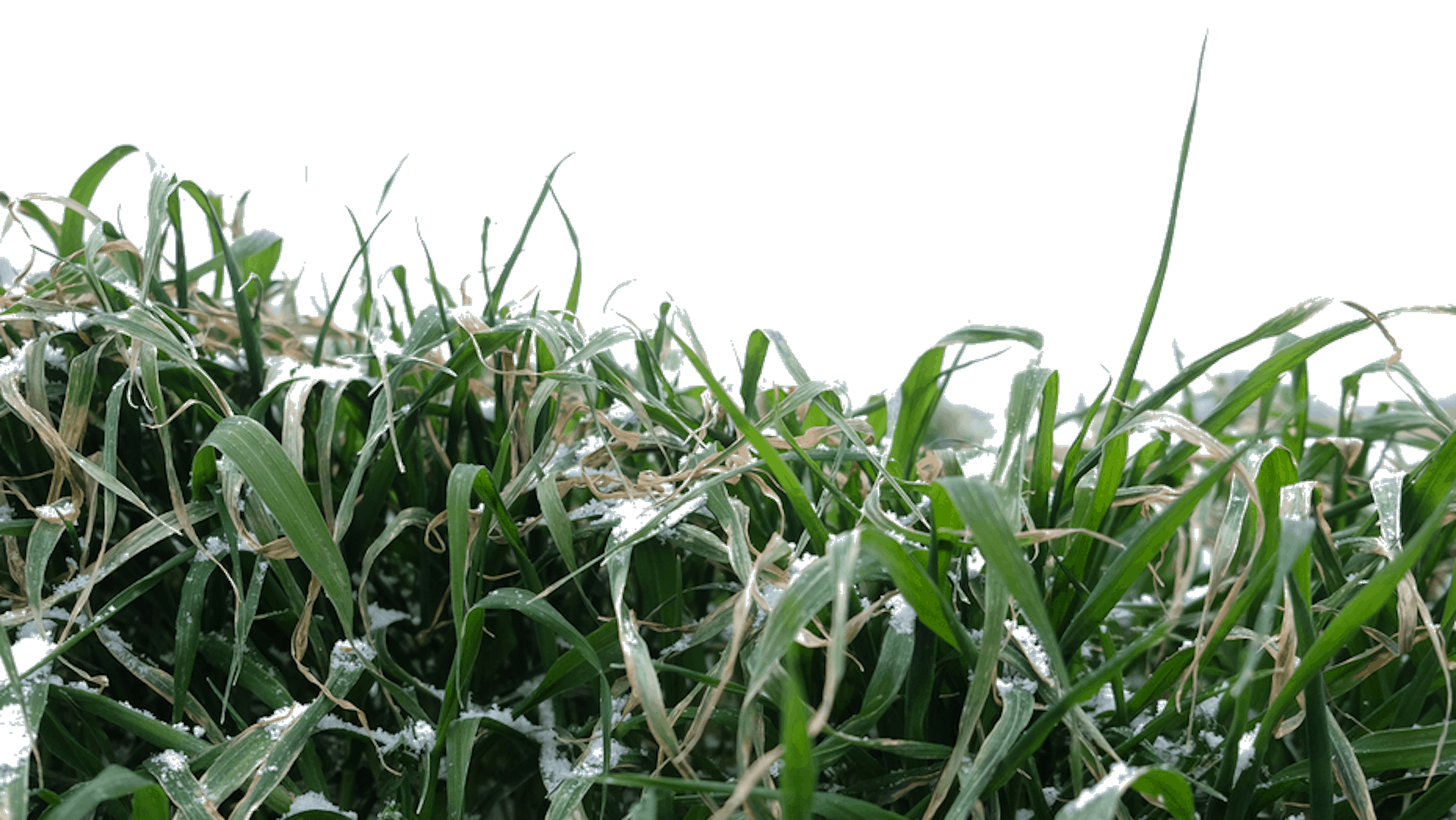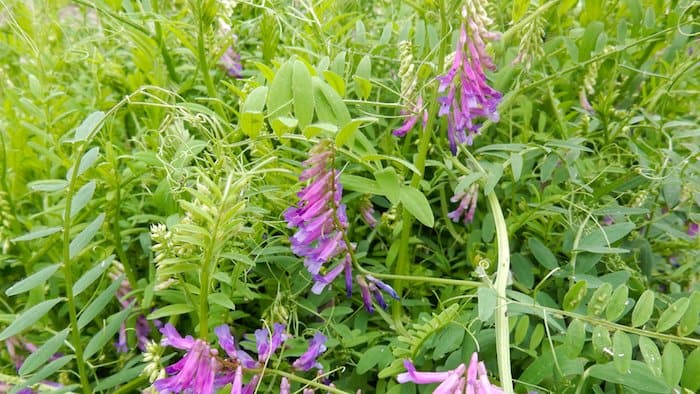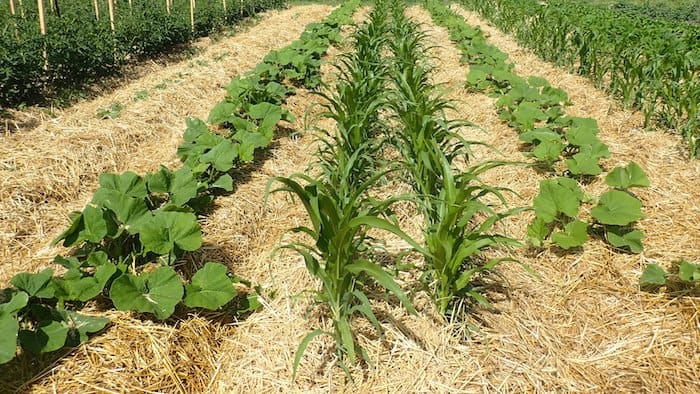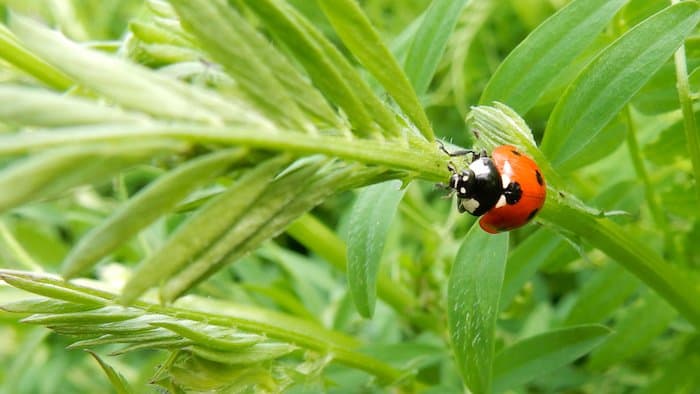Soil Health Guide
The Soil Health Guide provides resources on soil health practices for small farms and gardens. Conservation in agriculture improves soil health, plant health, nutrient efficiency, and the soil’s ability to infiltrate, store, and clean water. We hope these resources are an asset to growers and conservation partners and welcome engagement.
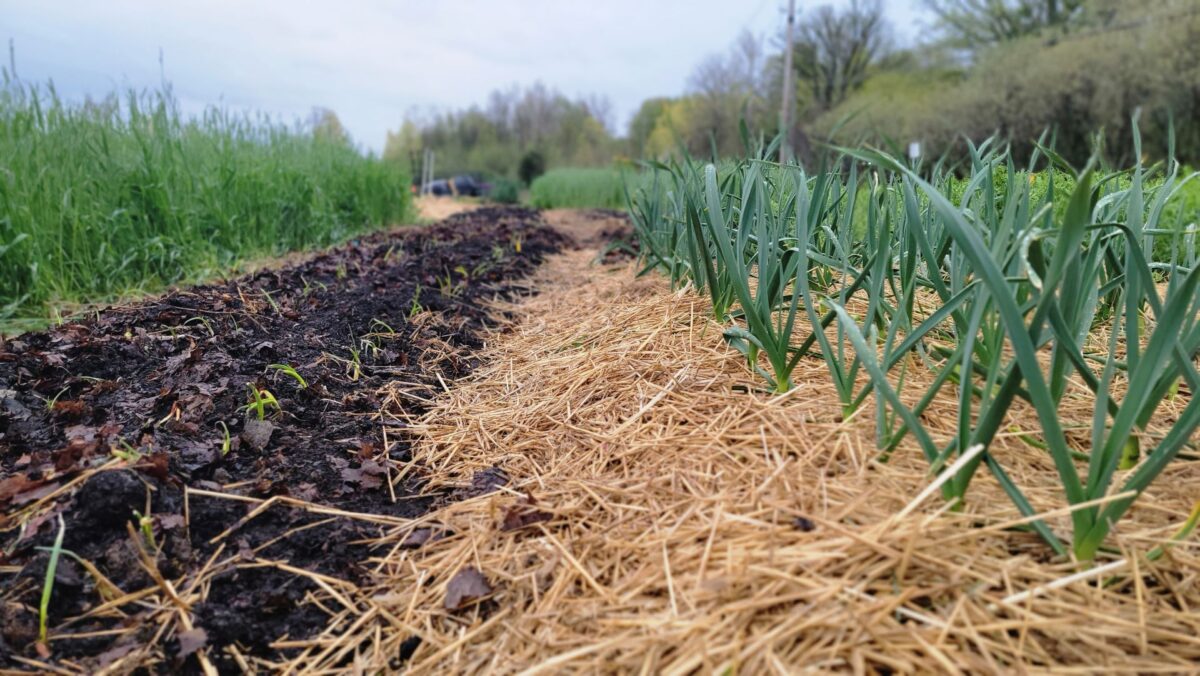
- Purdue Extension Gardening Bulletins
- Indiana Vegetable Planting Calendar (HO-186-W)
- Home Gardener’s Guide (HO-32-W)
- The Fall Vegetable Garden (HO-66W)
- And many more!
- Midwest Vegetable Production Guide
- ISDA & Purdue University – Indiana Fruit and Vegetable Harvest Calendar (pdf)
- Indiana Cover Crop Tool for Small Farms and Gardens (Excel Workbook) – Tool to assist with designing cover crop seed mixes for small-scale areas and determine seeding rates. The tool provides results in pounds and ounces per square feet of garden.
- Indiana Cover Crop Tool – Training Video (YouTube) – An approximate 20 minute training video on how to use the Indiana Cover Crop Tool workbook.
- Cover Crop Table for Small Farms and Gardens (pdf)
- Indiana Cover Crop Seeding Windows (pdf)
- Cover Crop Overview for Small Farms and Gardens (pdf)
- Cover Crop Seeding Methods for Small Farms and Gardens (pdf)
- Virginia Association for Biological Farming: Using Manually Operated Seeders for Precision Cover Crop Plantings on the Small Farm (pdf)
- Cover Crop Termination for Small Farms and Gardens (pdf)
- Marion County SWCD Favorite Cover Crop Mixes and Strategies (pdf)
- Oats and Field Peas for Early and Mid Spring Crops (pdf)
- Oats and Legumes for Kale and Spring Brassicas (pdf)
- Oats (pdf)
- Crimson Clover (pdf)
- Marion County SWCD Cover Crop Presentation (pdf)
- SARE Managing Cover Crops Profitably (book and online)
- Midwest Cover Crops Council (MCCC) Cover Crop Decision Tools (online)
- List of Cover Crop Seed Providers
- USDA-NRCS Mulching for Small Farms and Gardens (pdf) – Technical document that provides details on mulching, types of mulches, and their uses on small farms and gardens.
- Indiana Mulching Tool – Small Farms and Gardens (excel) – NEW! – This spreadsheet tool assists conservation planners, farmers, and gardeners in planning mulching on small farms and gardens.
- Backyard Conservation – Mulching Guide (pdf)
- Carbon to Nitrogen Ratios in Cropping Systems (pdf)
- Missouri Botanical Garden – Mulches (pdf)
- SARE Crop Rotation on Organic Farms (book and online) – Helpful charts and guidance to help growers plan crop rotations.
- Marion County SWCD Demonstration Garden Crop Rotation Template – This is a google sheet containing the crop rotation of the SWCD demo garden. This crop rotation can be downloaded and adjusted to fit your own garden, crops, and context.
- Indiana Nutrient Management Tool - NEW! Excel-based calculator to assist with soil test records, fertilizer recommendations and application rates of fertilizers, compost and other fertility products for the more commonly grown vegetables and produce found in Indiana.
- Nutrient Management Plan for Organic Systems - Excellent resource and tables for amendments, composts, and manures. This guide was created for the western states, but the information can be valuable for Indiana growers.
- Nutrient Recommendations for Vegetable Crops in Michigan - A great resource from our neighbors to the north
- Michigan State University - Fertilizer Recommendation Program - Enter soil test data and obtain fertilizer recommendations
- Tarping, Cornell University
- Bulletin #1075, Tarping in the Northeast: A Guide for Small Farms, University of Maine, New Hampshire, and Cornell
- Marion County SWCD List of Tarp Sources
- Water Recommendations for Vegetables, Utah State University
- Irrigating Vegetable Crops, UMass Extension Vegetable Program
- Vegetable Seed Germination and Emergence, Bayer Agronomic Spotlight
- Marion County SWCD: “Native Plantings for Beneficial Insects and Pollinators”
- Marion County SWCD: "Insect-Management" info and resources
- Purdue Extension: “Recommended Indiana-Native Plants for Attracting Pollinators”
- Indiana Native Plant Society (INPS)
- Indiana Native Plant Society - Where to Buy Native Plants
- Xerces Society: Farming with Native Beneficial Insects (book) - A discussion on the ecology of beneficial insects and how to increase their numbers through conservation strategies.
- Xerces Society: “Pollinator Plants Midwest Region”
- Xerces Society: “Checklist of Actions to Promote Pollinators in Yards, Gardens, and Parks”
- USDA Natural Resources Conservation Service: Plants database
- Missouri Botanical Garden: Plant Finder
- Plant calculator: determine spacing for a plug planting
